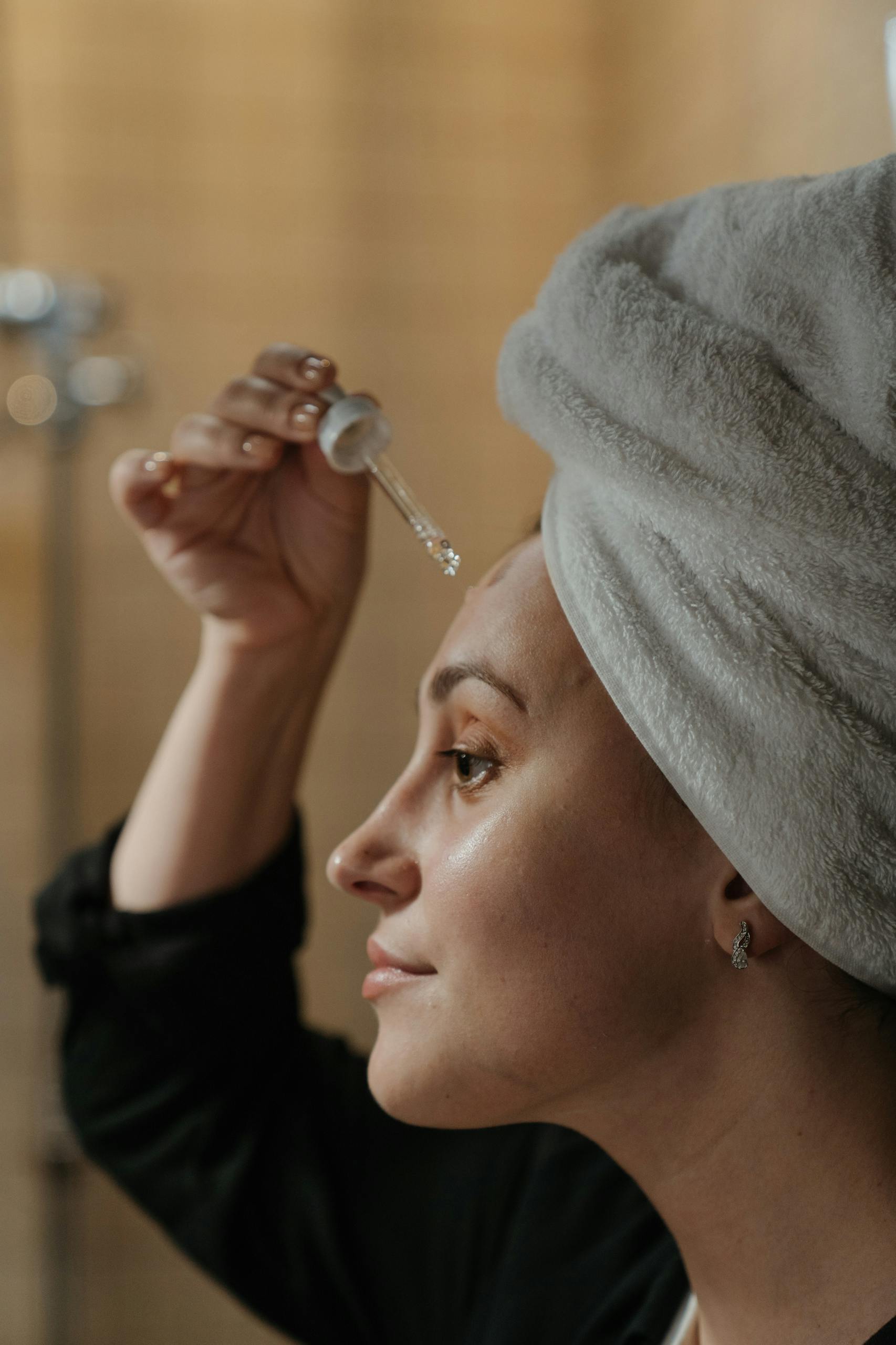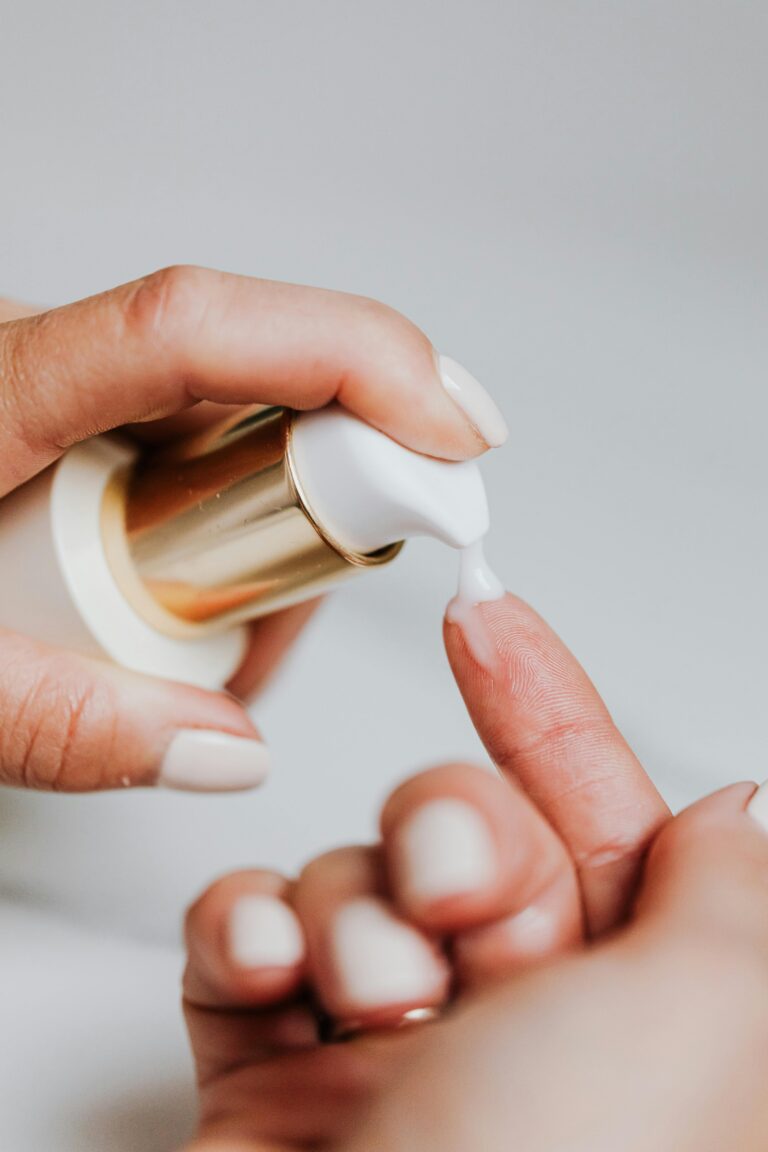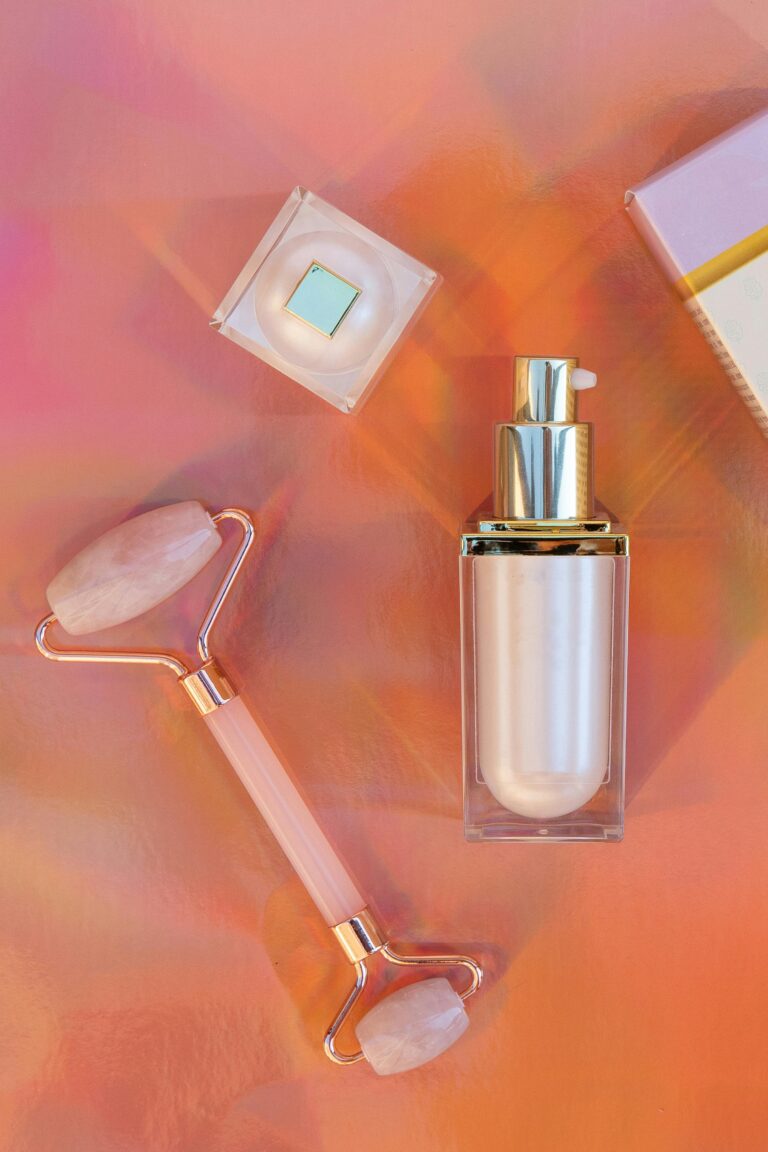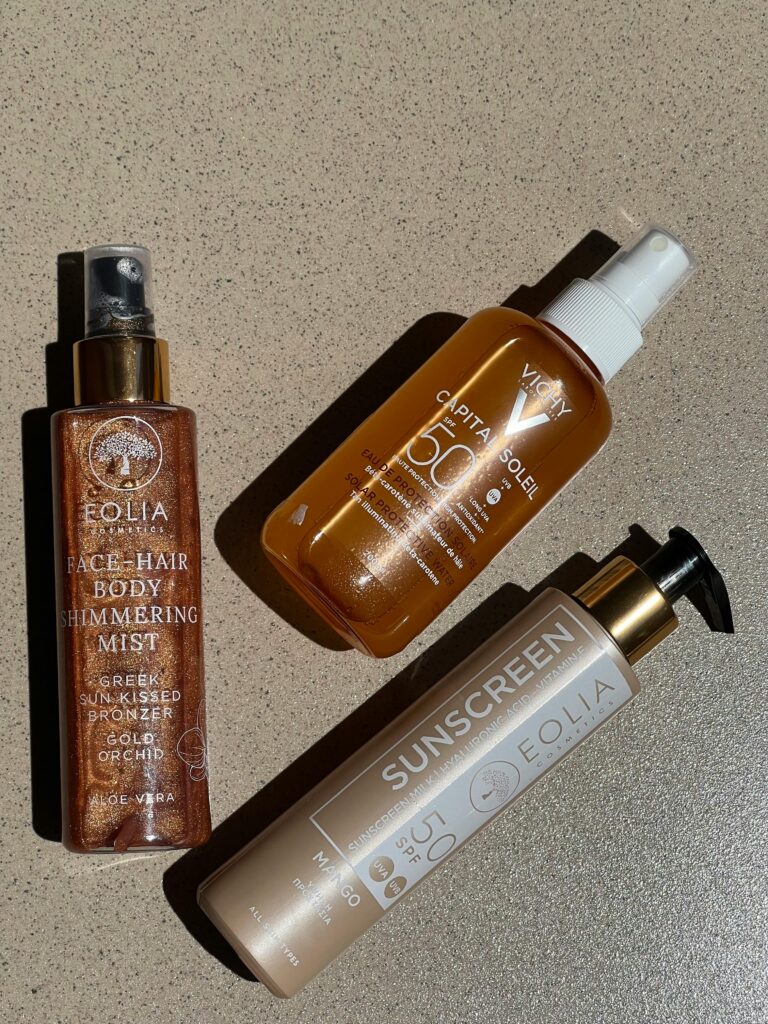Mandelic Acid: What It Is, Who It’s For, and Why Derms Love It
Mandelic acid is taking over skincare shelves, but what does it actually do and why do you need it in your skincare routine?
What is Mandelic Acid?
Mandelic acid is an exfoliating alpha hydroxy acid (AHA) – for those of you who don’t know, AHA’s are water-soluble acids used to exfoliate skin. AHA’s work by dissolving the protein fibers in your skin that bind dead skin cells to the surface of fresh skin. There are many different types of AHA’s (e.g., citric acid, glycolic acid, lactic acid, malic acid, mandelic acid, tartaric acid), each with their own absorption strengths.
Mandelic acid comes from bitter almonds or can be synthetically created. It’s known to be a gentler AHA due to its large molecular size, which slows the rate of penetration, in comparison to acids like glycolic acid. This slow absorption rate makes it more suitable for those who have sensitive skin or are starting their exploration journey into AHA’s.
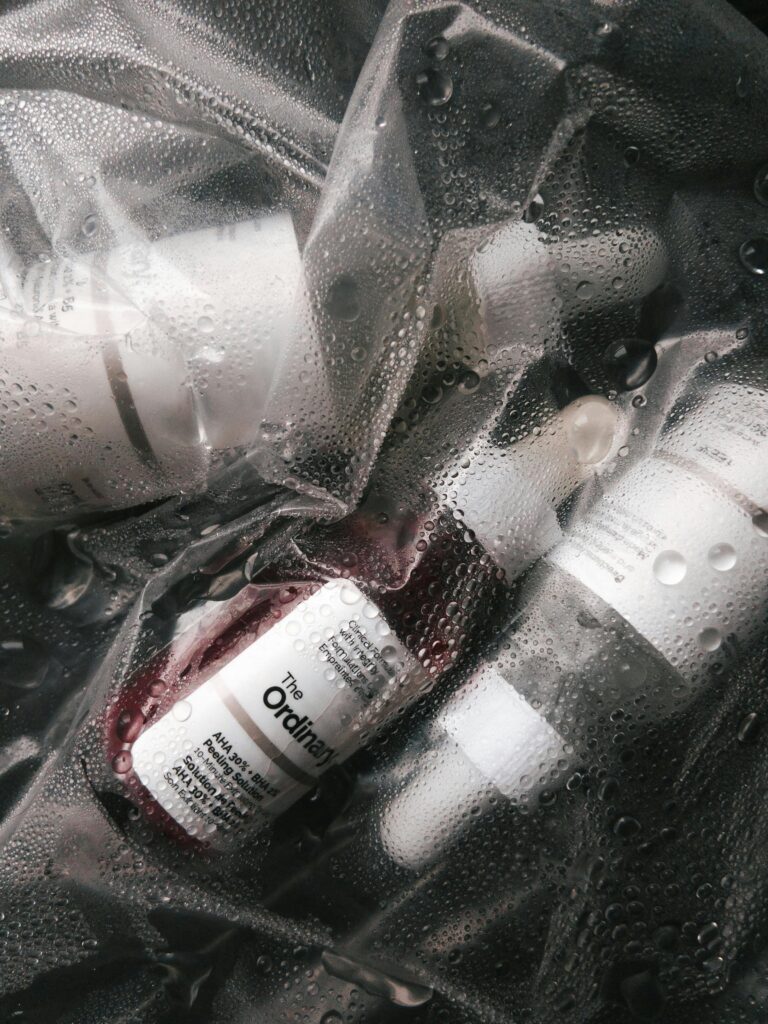
What Does Mandelic Acid Do for Skin?
Despite the slower absorption rate, mandelic acid provides several benefits:
- Smooths skin texture by increasing cell turnover rate
- Reduces the appearance of fine lines and wrinkles
- Targets discoloration from UV damage
- Can help unclog pores when used in conjunction with other acids
Who Should Use Mandelic Acid?
Mandelic acid is particularly good for those who have sensitive skin or for those seeking a gentler acid. It may also be good for those who have drier skin – some studies have indicated mandelic acid may assist in the production of healthy sebum. In a slightly confusing dichotomy, research indicates that mandelic acid can also help manage oil production. Naturium notes that it’s not fully known how and why mandelic acid can both regulate sebum production and encourage it, but studies do indicate that those with oily skin shouldn’t worry about excess oils when using mandelic acid.
Using other skincare actives? You don’t have to throw out your retinol or benzoyl peroxide. Mandelic acid has been shown to be gentle enough to pair with other actives – but you should ease into combining or layering actives.
Does Mandelic Acid Work for All Skin Tones?
Mandelic acid works for all skin tones and types, making it a versatile and heavily recommended acids among the AHA’s.
Who Shouldn’t Use Mandelic Acid?
While you can use mandelic acid without a technical need for it, you probably shouldn’t. Even though mandelic acid is a gentle acid, it’s better to keep your skincare routine simple and only use the products you need.
If you have sunburns, open cuts, or hypersensitive skin, you should also avoid using acids in general, unless otherwise directed by a dermatologist. It’s also best practice to avoid mixing mandelic acid with other AHA’s, as it can cause excessive dryness or damage the skin barrier when the concentration of acids is too high.
Final Thoughts
If you’re dealing with discoloration, texture, or breakouts – but harsher exfoliants leave your skin red or reactive – mandelic acid might be your missing link. Its gentle nature makes it ideal for layering with other actives, especially if you’re just starting to build a routine. As always, patch test first and consult a dermatologist if you’re unsure.

